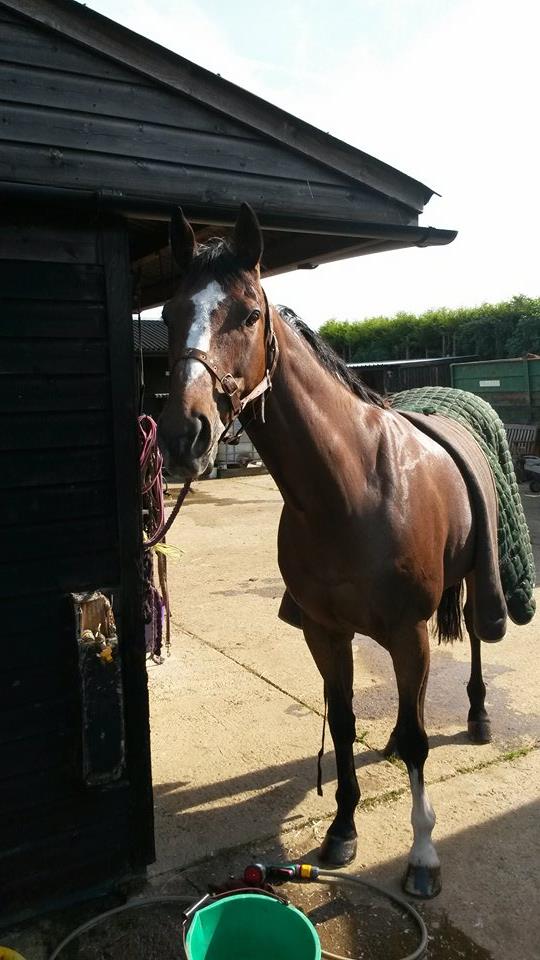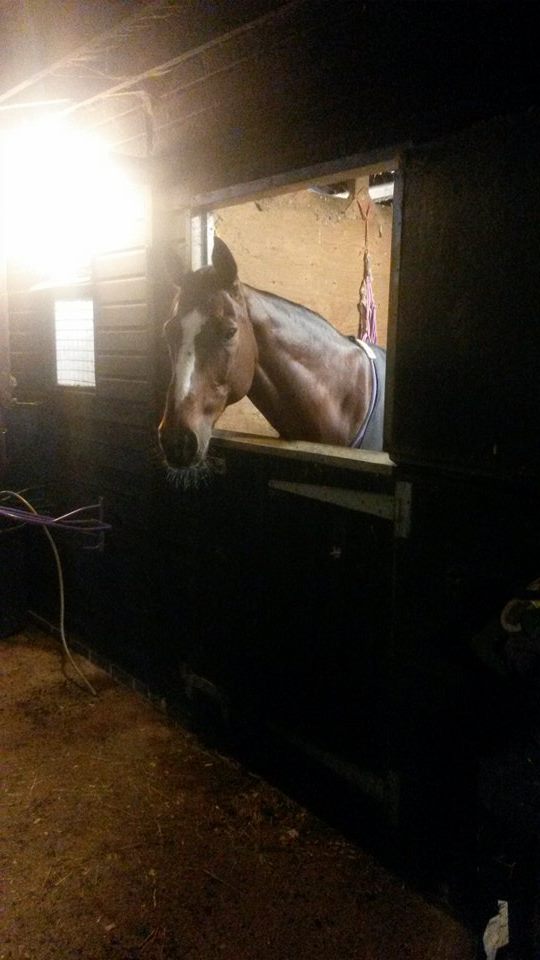Developing and maintaining a strong and healthy horse
Posted on
Developing and Maintaining a Strong and Healthy Horse
This will be of particular interest to the horses who have had the winter off and will need re-starting or those who have had an ‘easy winter’, to young horses just starting their career, rehabilitation horses after surgery or box rest, or horses who are just simply are not developing the muscle you would like to see. The tips below will be crucial to a strong and healthy horse.
Tip 1: Groundwork. I like to build a strong back before I try and ask the horse to carry a rider. Horses are not naturally designed to carry a rider and unless we condition their core and back muscles to carry us, we can cause a lot of problems such as kissing spines and behavioural issues. I use lateral, collected and transition work in-hand, this is a great combination of exercises to strengthen a horse’s back and build topline from the ground before mounting. This gives the horse every chance to carry a rider more comfortably.
Tip 2: Walking. No-one seems to start with the 6 weeks of walking anymore, which was a traditional method of strengthening the horse gradually, everyone wants to be trotting, cantering and jumping so soon after a horse comes back into work, with a fundamentally ‘weak’ horse.
4 – 6 weeks of walk work is a crucial part of building a strong and comfortable horse, this is not to say you can’t have the odd cheeky canter or short stretch of trot as these can be essential for the horses body and brain too, but if the rider can try and focus on a good quality walk, with the horse taking a nice steady contact and using/lifting his back, you are giving that horse the best start. This should start at only 15-20 minutes a day under saddle for the first few days (after groundwork) and build up to 45 mins – 1 hour over the 4-6 week period. A good quality, well ridden walk should keep the horse engaged and concentrating on the work and therefore ‘boredom’ shouldn’t become a problem. This may be more of a challenge to ‘hot’ horses but believe me they can all do it without too much stress, it is just teaching them a new way of going which will keep them much calmer in the long run. The trot and the canter can develop from here, and you will have a strong horse with which you can develop good quality gaits.
Tip 3: Check your saddle regularly. I cannot stress enough how important it is to have regular saddle checks (something your trainer should be able to keep an eye on too). When a horse comes back into work, the chances are they will be a slightly different shape to when you stopped working them. As the horse develops muscle we need to alter the saddle to reflect this. If your horse has been out of work for a few months and within the first 8 weeks they don’t alter shape in some way, then they are not working correctly and either the training or the horse needs to be addressed, and this muscle development/change will very often result in a saddle alteration. Often a simple DIY gullet change is not enough as the whole frame of the horse is changing. A good saddler will be able to fit a saddle to allow the horse room to develop muscle and topline, I see a lot of horses with atrophy (muscle wastage) due to a poorly fitting saddle and lack of correct work, but how can we expect a horse to work well under an uncomfortable saddle? For this service I highly recommend Catherine Morris of Breathe Saddle Fitting to find a cost effective, comfortable solution which your horse can comfortably work with.
Tip 4: Massage/Bodywork. A crucial part to a horse’s wellbeing is massage therapy/bodywork. It is something that will benefit all horses:
Young horses: A great way of introducing them to new people who give them a nice experience, and helps with growing muscles.
Retired/older horses: A lovely relaxing treat which has numerous other benefits for older horses; increasing blood flow for horses who may not move around so much anymore. Can help with ailments like arthritis and lymphangitis.
Working/rehab horses: Massage is crucial for healthy muscle development. Massage can help to improve muscle tone, releases any tightness in the muscles which can be sore, it encourages tissue repair and increases blood flow around the body and to the muscles. I like to use routine massage on my working horses to maintain optimal muscle function.
For this service I highly recommend Debbie Wise of Wise Owl Equine. Debbie is a very experienced horsewoman and
offers a professional massage and myofascial release service to horse and rider.
Tip 5: Get yourself massaged too. It’s no good having a lovely supple horse if the rider is tense and wonky!
Tip 6: Nutrition. This is something that many people have different opinions on and there isn’t always a right and a wrong way, but the one thing that cannot be disputed is forage, forage, forage. Hay and haylage is key to a healthy horse, a healthy gut gives you a good foundation for a happy horse. Many people know that horses should not be left for hours on end without forage, yet time and time again I see yards doing horses up at night and tying tiny haynets which won’t last the horses through the night. If you have a horse who struggles to keep weight on they should be on ad-lib hay, if stabled and may even want extra hay in the field depending on the grass and the time of year, if they are prone to kicking it around the stable for fun, tie 2-3 haynets so they don’t waste it. If you have a horse/pony who is prone to gaining weight easily invest in a couple of the trickle feeder type haynets which have tiny holes so it takes them longer to eat their portion and try soaking the hay to help reduce the sugar, these horses still need constant trickle feeding, even if they are overweight. With regard to hard feed, I am a strong believer that any working horse needs some form of feed to offer them the nutrients and protein that working muscles require, this is where balancers come into their own. A balancer can offer a small portion of low-calorie nutrients with a good dollop of protein to feed the muscles and often have supplements to maintain a healthy gut, healthy hooves and all over general wellbeing. For the less conditioned horses there are a multitude of ‘complete feed’ products on the market, and each person will have their favourite brands, generally speaking the main rule with these feeds is little and often, if you have a horse who needs to gain weight, one great big bucket feed a day will be wasted as horses can only digest and utilise small amounts at a time. There are other combinations of feed you can use to keep the calorie and protein intake up, but the portion size small. I am happy to offer free advice on feeding, wellbeing and management. For hay and haylage I highly recommend The Hayman, Dale Upton to provide the quality of forage you require for your horse.


Before After
Katie Kirkpatrick—West Barn Equine Training, Schooling & Advice | 07920578088 | www.westbarnequine.co.uk.
Debbie Wise—Wise Owl Equine Bodyworker | 07932 873391 | www.wiseowlequine.co.uk.
Catherine Morris—Breathe Saddle Fitting Service | 07534 989 467 | www.breathesaddlery.co.uk.
Dale Upton—The Hayman providing quality hay, haylage and straw | 07967 132893 | www.thehayman.co.uk.